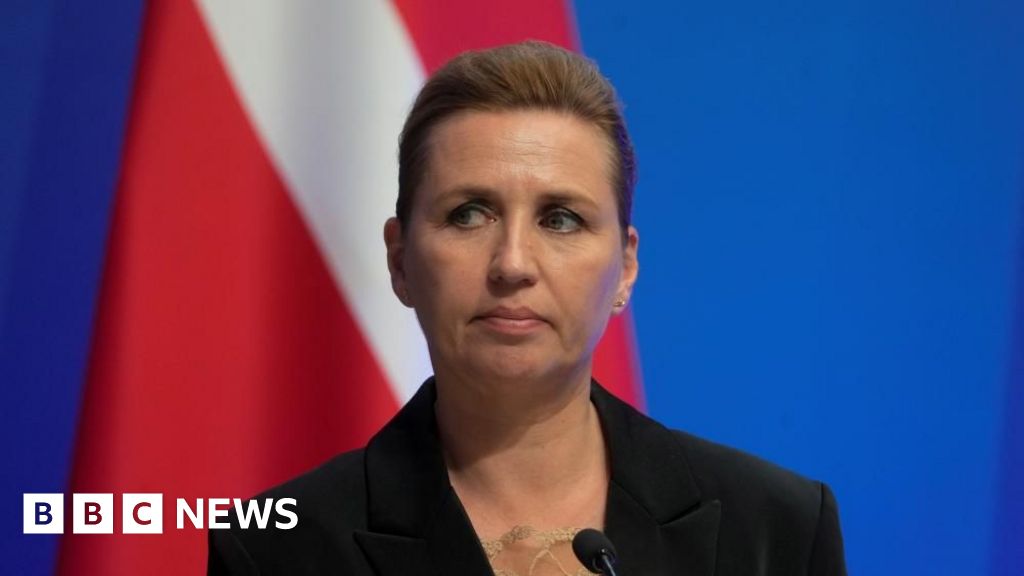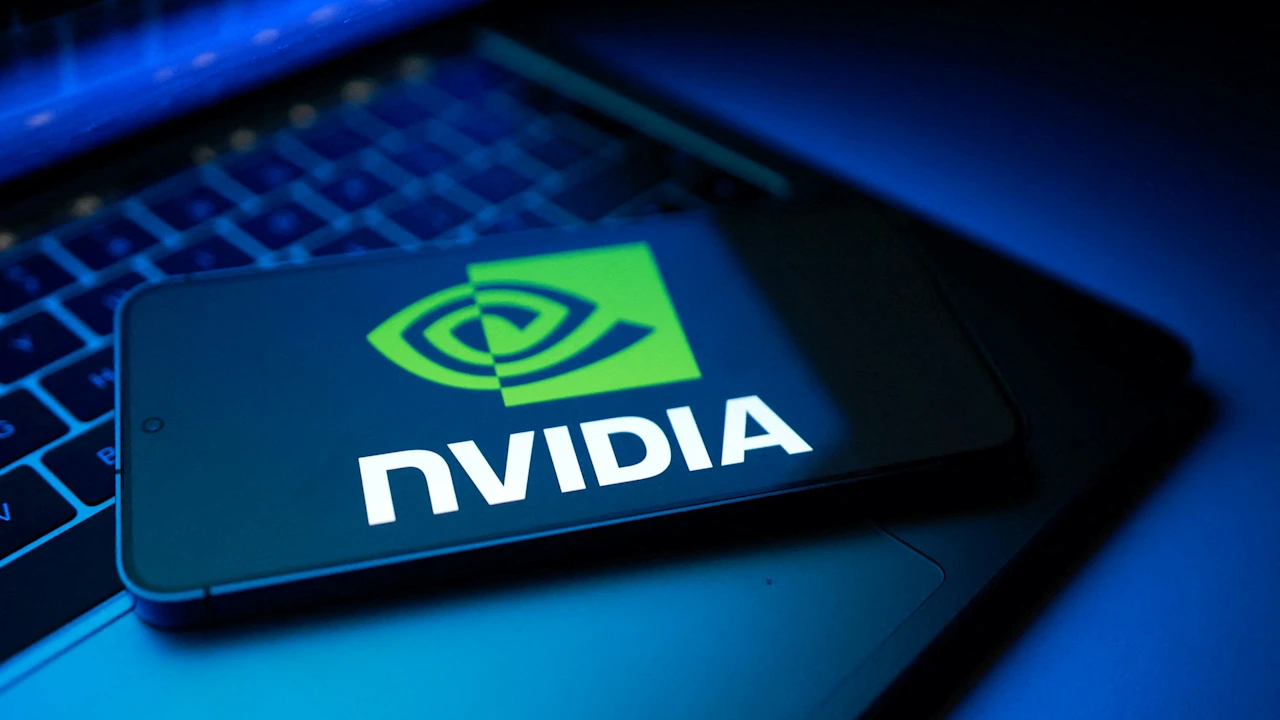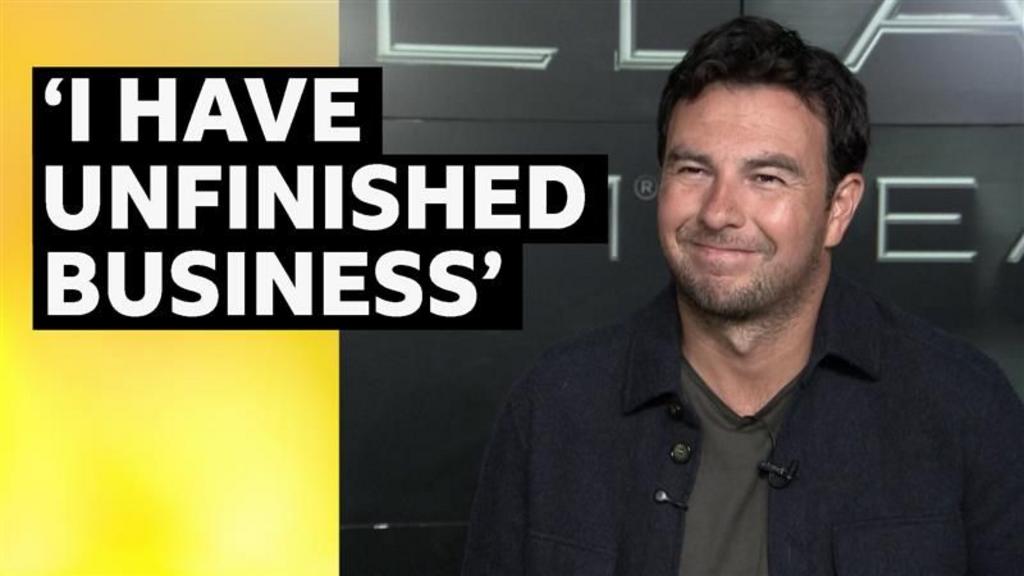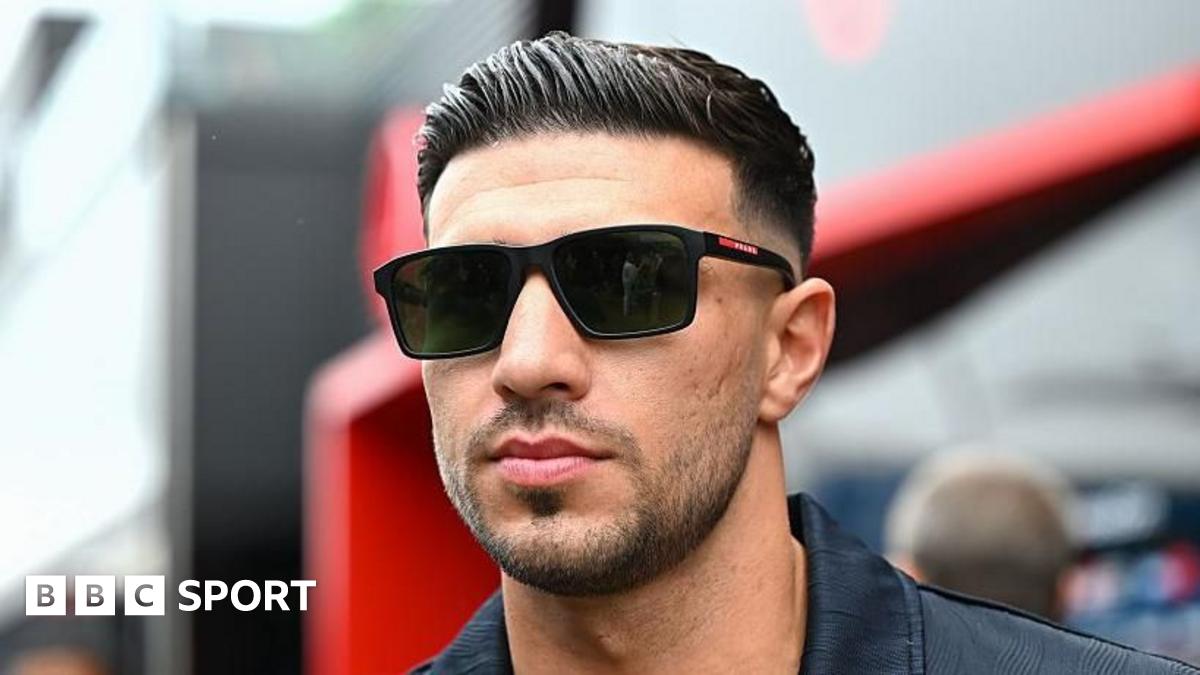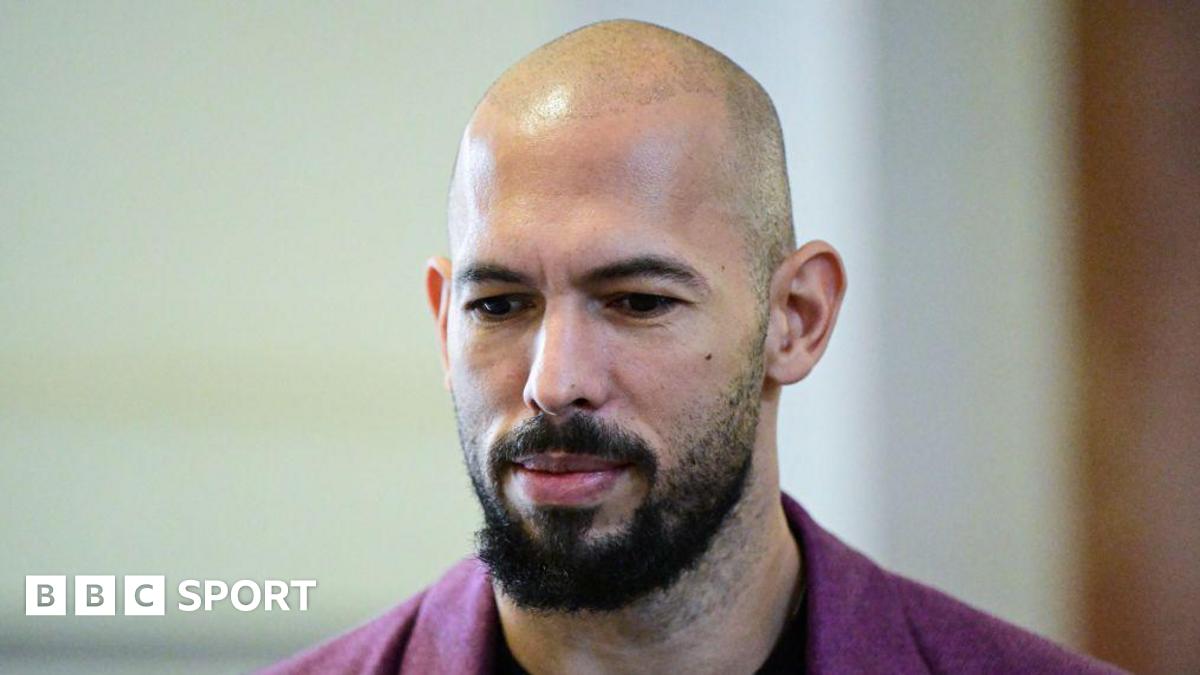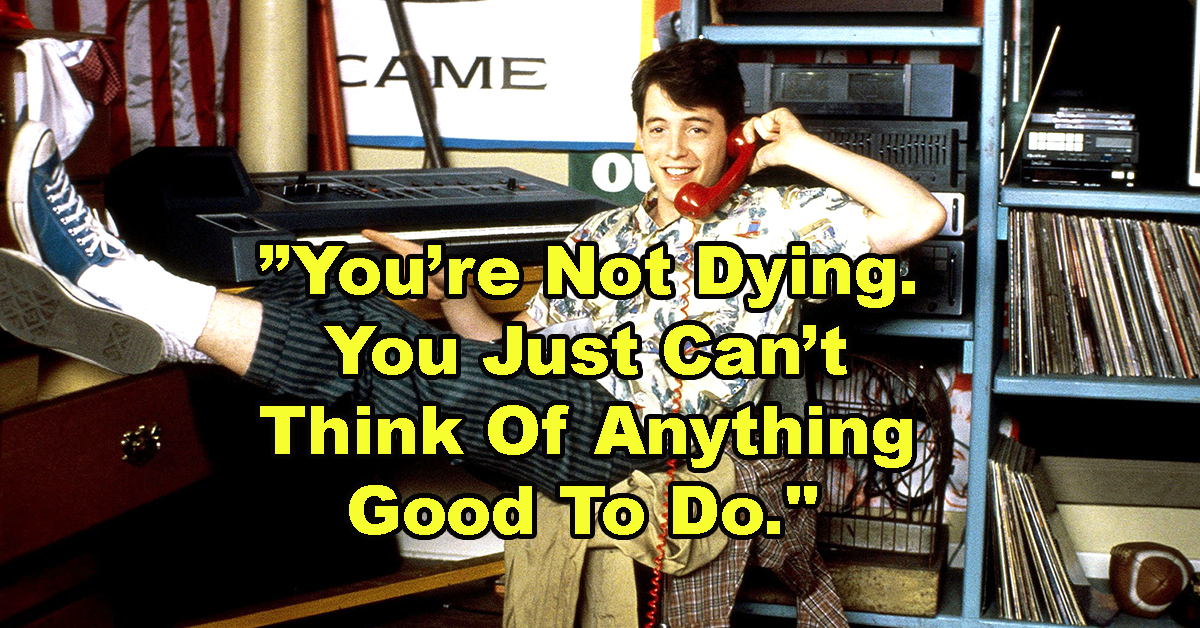Spotify and the problem with our ‘everything app’ era
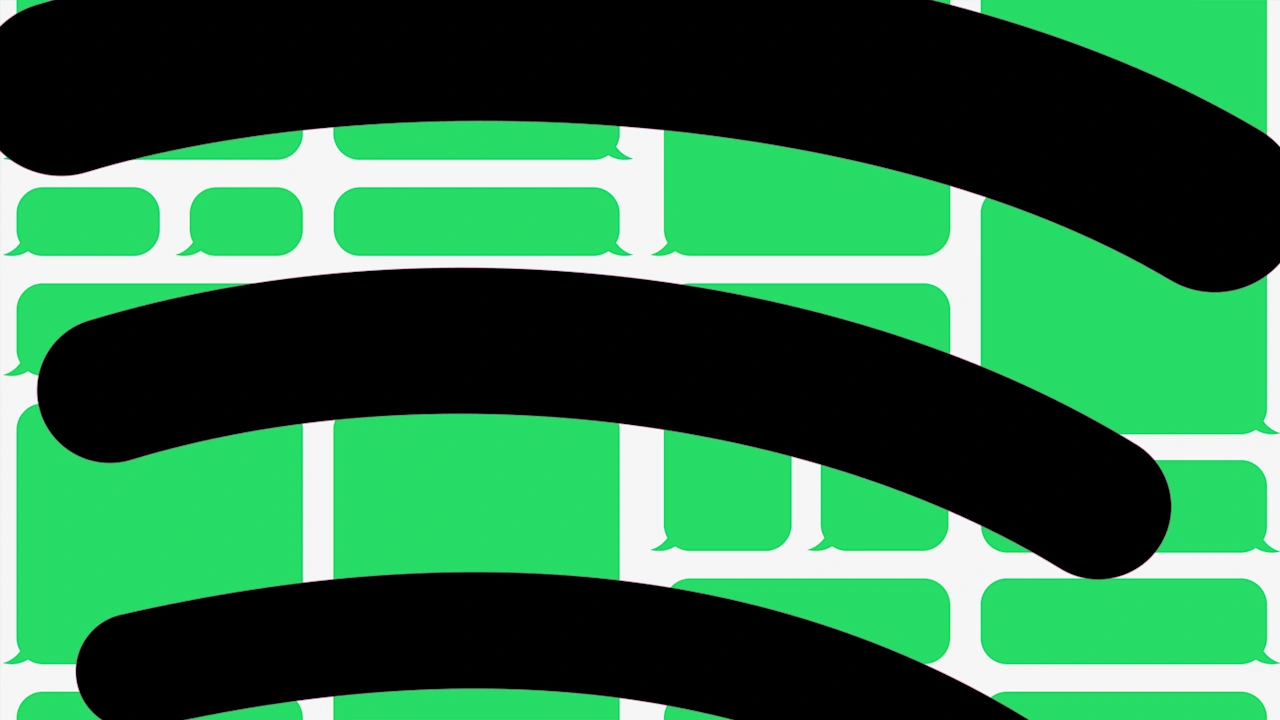
How many apps do you use to chat with other people? I don’t mean tweeting out into the ether. I mean actually interacting with a fellow human in a one-to-one way.
For most people, the number is one or two. And it’s probably fewer than five. In the U.S., you likely keep in touch with friends and family through Apple or Google Messages, and touch base with colleagues on Slack or Teams. (For Europeans, that’s texting via WhatsApp.) If you’re a particularly rabid Swiftie, you might also have a raucous group chat through X or Instagram DMs; if you’re a gamer, you keep up with people on Discord.
But for all the time we hopscotch across apps like TikTok, YouTube, Snapchat, and Instagram to consume content, the number of platforms we actually use to interact with others remains minimal.
So what’s the point of Spotify’s new direct messaging feature, unveiled this week and rolling out to “select markets”? The feature allows users to click a “Share” button while listening to a song, podcast, or audiobook and instantly start a conversation with a friend, seeded with a link to whatever they’re listening to.
Why nobody wants a do-it-all app
In the press release announcing the feature, the music streaming giant promises that “Messages are for the conversations you’re already having about music, podcasts and audiobooks with your friends and family.” But the flaw is right there in the pitch: if you’re already having those conversations on WhatsApp or iMessage, why would you uproot them into a side-channel inside Spotify? At best it duplicates what’s happening elsewhere, and at worst it fractures the conversation into yet another notification stream. (Fortunately, users can turn off the function, too.)
Besides the fact that friends who insist on foisting their musical tastes on you are often the most infuriating, the feature looks destined to join the long list of rarely used, half-baked add-ons app makers tack onto their products. (Fast Company has reached out to Spotify for comment.)
Spotify’s move highlights how wayward app makers’ decision-making has become, and how easily feature bloat clutters our smartphones. On paper, adding DMs to Spotify makes sense, just as adding AI autosuggestions does for LinkedIn, or layering shortform video onto YouTube does for Google’s video platform. The goal is to become an “everything app”—think of a more modest version of China’s WeChat—that secures a permanent slot on your home screen.
The problem: That never actually happens. Attempts to provide everything to everybody end up providing nothing to anyone, and the app inevitably flops.
And flop, this one will. With the exception of YouTube Shorts—which simply extended YouTube’s core video offering with another format—most attempts to ride the zeitgeist are shallow grabs at relevance. The best features, in the best apps, are developed with deep thought about how to benefit users.
About that Q2 earnings report
Spotify is just the latest entrant in the copycat race, a space where Big Tech borrows what’s proven popular in smaller apps. Meta has been one of the most aggressive, and its results hardly inspire confidence.
Crowbarring one app’s feature into another rarely works. Take Spotify: Its user-loop involves search, pressing play, listening, maybe saving, maybe sharing. Messaging apps, meanwhile, follow a loop of open thread, type, send, await reply. Those loops are fundamentally different. Smush them together and you create friction in both. Do I really want to share that I’m listening to the same song for the billionth time?
There’s also the matter of network effects. Messaging is winner-take-most because your friends, not you, determine the platform. That’s why people tolerate green bubbles versus blue, or hop between WhatsApp and iMessage depending on the conversation. A new chat feature inside a vertical app fragments your attention—and worse, your conversation. The song you send in Spotify DMs is now marooned from the rest of your life in WhatsApp or iMessage. It creates context silos for no good reason.
If an app genuinely wants to be an everything app, it needs a foundation deeper than FOMO—which seems to be Spotify’s rationale here. WeChat’s everything-ness is anchored in identity, payments, and ubiquity, all under unique market conditions. Silicon Valley’s obsession with replicating it is misguided.
Every app except WeChat that tries to become an everything app ends up as an anything app—a junk drawer of half-ideas. Spotify’s new feature feels like more clutter, more cruft, dumped onto an already junk-filled smartphone notification screen.
A cynic might say the new messaging feature amounts to a ploy to distract from Spotify’s latest earnings miss: a swing to a second quarter $100 million loss despite topping forecasts on subscribers and revenue. The mismatch—users growing, but profits shrinking—underscores why the company keeps reaching for engagement gimmicks. If it can’t squeeze more money out of music, maybe, the thinking goes, it can invent new ways to keep you glued to the app.
But yet another inbox on our phones won’t make Spotify more essential. It’s just more noise.
What's Your Reaction?
 Like
0
Like
0
 Dislike
0
Dislike
0
 Love
0
Love
0
 Funny
0
Funny
0
 Angry
0
Angry
0
 Sad
0
Sad
0
 Wow
0
Wow
0




